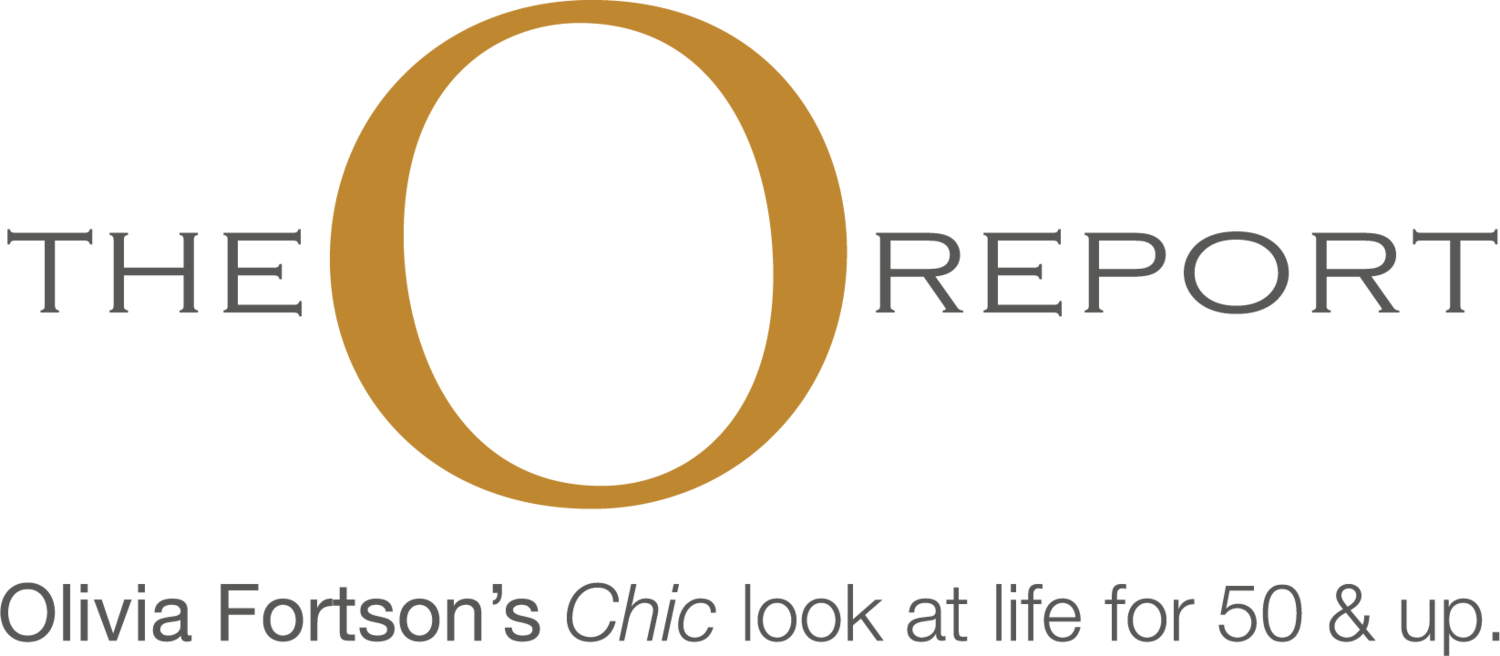GO-TO YOGURT
/Whether your go-to yogurt is traditional Greek, Icelandic or Australian, to make sure it's the healthiest choice, check the label to find out if it has more probiotics and less sugar.
Yogurt has become a healthy go-to for breakfast, snacks, smoothies, or in recipes to cut down on calories.
Greek yogurt is The O Report's favorite because it has less lactose and sugar, but more protein, than traditional yogurt. (Greek yogurt has up to 20 grams of protein; traditional has 11-15 grams.)
Also be on the lookout for Icelandic and Australian yogurts, which are just now appearing in U.S. supermarkets. Icelandic is the thickest of all varieties, but it's also the tartest; Australian is the creamiest, but has a higher fat content. Also new is Oui by Yoplait, a line inspired by the brand's French recipe. It comes in 5-ounce glass jars, which allows the yogurt to set up without added cornstarch or gelatin.
No matter which kind of yogurt you prefer, a recent article in Better Homes & Gardens magazine listed two things to check the label for so you can make sure the yogurt you choose is the healthiest.
1. Probiotic Check. Look for the Live & Active Cutlures seal on the label of dairy and nondairy yogurts. It means that it contains the highest amount of probiotics. If you don't see a seal, make sure L. bulgaricus and S. thermophilus are listed as ingredients.
2. Sugar Check. Plain yogurts should have 9 grams or less of natural sugar per serving. Flavored yogurts should have less that 15 grams of sugar. If it's higher than 17 grams, it has the same sugar content as two Fun Size Snickers.






